Electric Cars vs. Gas Cars Pros and Cons
Gasoline- and diesel-powered cars are familiar, quick to refuel, and can travel long distances between fill-ups, all of which can’t (yet) necessarily be said about electric cars.
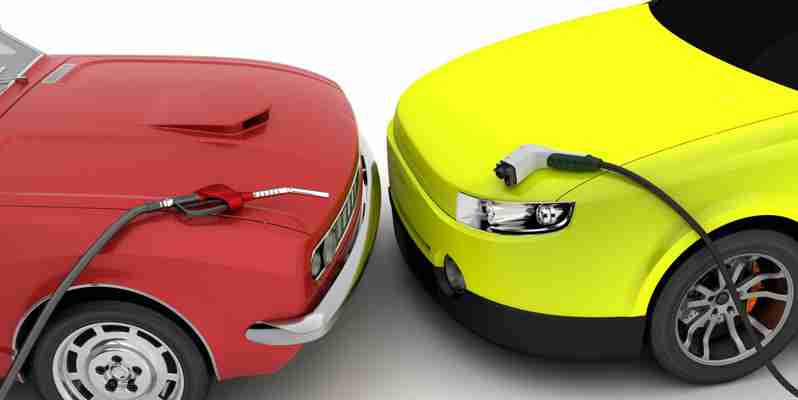
EVs, however, bring with them a whole unique set of positives, from an inherently exhilarating drive feel to a significantly less harmful impact on the environment.
The current knocks against EVs will be resolved in time as more people adopt the technology.
Before deciding to buy an electric car, it’s important to know that EVs aren’t the only electrified vehicles on the road. Electric vehicles rely solely on batteries and electric motors for propulsion. When the car runs short on charge, pull up to a charging station and you’ll be on your way in half an hour or so.
Plug-in hybrids have a battery pack and electric motor(s), but also a gas engine. They are capable of all-electric propulsion, but have a much shorter electric-only range than their EV counterparts. After the electric range is exhausted, the vehicle’s engine takes over and the electric motors fill in the gaps for the gas engine at low speeds.
Gas Vehicles
PROS OF GAS VEHICLES
Internal combustion engines have been around for over a century and offer a familiar driving experience. Gas-powered cars are easy to use, easy to fuel, and have a driving range that makes them practical for long-haul road trips. These advantages, along with the generally lower up front costs to buy them, make gas-powered cars attractive for many drivers.
Gas engines have become increasingly complex over the years, and are now remarkably fuel efficient and powerful, but there's no way around the fact that burning fuel creates emissions.
Thorsten Nilson / EyeEm Getty Images
CONS OF GAS VEHICLES
Despite gains in fuel economy and lower tailpipe emissions, gas vehicles' days are numbered. Humans' negative impact on the earth and its climate far outweighs the pros of gasoline vehicles, and car companies know this. They are developing electric cars at a breakneck pace, and incentives from the government, such as tax credits, make electric car buying an attractive prospect for many.
Electric Vehicles
Battery power is not a new invention. Electric cars have been around for just about as long as gas-powered cars. Batteries, charging, range, and several other factors have changed significantly along the way, but electricity has long been a part of the automotive mindset.
Today, concerns for the earth, gasoline prices, emissions, and other factors are driving buyers to electric vehicles in increasing numbers. Recent studies indicate that EVs will overtake gas-powered vehicles by 2033 in many countries, and worldwide just a couple of years later.
WHAT IS AN ELECTRIC VEHICLE?
We are using the term electric vehicles here to describe pure EVs, not hybrids or plug-in hybrids. Those vehicles, while delivering massive fuel-efficiency benefits over gas vehicles, don't offer the same fuel savings or experience as electric cars.
DRIVING AN ELECTRIC VEHICLE
Driving an electric vehicle isn’t like driving a spaceship or an alien transport. Other than the fact that there is no engine noise and a great deal more torque, the EV driving experience is remarkably normal. Electric motors generate peak torque from a dead stop, so there is an immediacy to the power and acceleration that can’t be matched in a vehicle powered by an internal combustion engine.
In everyday driving scenarios, people unfamiliar with electric cars may find that more road and wind noise make their way into the car than with a gas vehicle. This is because of the lack of engine and drivetrain sounds that typically mitigate all the other sounds from the outside world.
EV BRAKING
The motors in electric cars can run in two directions. When the driver is accelerating, the motor is turning in the drive direction, propelling the vehicle forward. When the accelerator pedal is lifted, the motor reverses and generates electricity that is returned to the battery.
The electric motor’s reverse operation also creates a slowing force for the vehicle. Automakers engineer the degree to which regenerative braking slows the vehicle; more regenerative braking force slows the vehicle quickly without accelerator input, while less regenerative force allows the EV to function more closely to its gas-powered counterparts.
Jackyenjoyphotography Getty Images
Charging
RANGE ANXIETY
When talking about EVs, people sometimes mention anxiety over finding charging stations. When a gas car is low on fuel, you can pull into a gas station and fill up in five minutes or so, but when an EV runs low on charge, it’s not quite such a simple process.
TIME TO CHARGE
Though many EVs can travel hundreds of miles on a charge, replenishing that energy can take a significant amount of time, at least for some electric cars. Some models are capable of recovering up to 80 percent or more of their energy in as little as 20 minutes, but the charging speed slows considerably as the batteries approach capacity. The speed at which a charging station can replenish the range an electric vehicle varies, but more and more often, fast charging is becoming available at charging stations across the country. Even if there is no charger in a driver's home, they typically see savings on fuel and a reduction of overall cost as a result.
Do electric cars take gas?
If you've recently learned about hybrid vehicles, you might be inclined to believe that electric vehicles require gas at some point to operate. While it's true that hybrids require fuel, electric vehicles do not. Their electric motors derive power from battery packs, which need to be recharged after their range is exhausted.
kynny Getty Images
What are the pros of owning an electric vehicle?
REDUCED MAINTENANCE
It's true that gas vehicles are usually less expensive and easier to refuel, but there are several benefits to owning an EV that have nothing to do with costs. One of the biggest pros of owning an electric car is the reduced need for regular maintenance. There are no oil changes, no mechanical components to break underhood, no exhaust system, and the life of other components such as brakes can be extended. Many people report that driving an electric car is more relaxing than a gas vehicle, because of the lack of engine noise.
MORE PERFORMANCE
Many electric models offer significant performance benefits over gas vehicles as well. This applies not only to intended high-performance cars from Porsche, Tesla, and others, but even to everyday commuter vehicles. The immediate torque and acceleration can make electric cars exhilarating to drive, and make them quicker than most people expect, depending on driving habits.
TAX INCENTIVES
There may also be tax credits available, depending on the electric car you opt for. The United States government offers a one-time tax credit of up to $7,500 to buyers of eligible electric cars—and various states offer tax credits on select models, too—which lowers the effective cost of the purchase.
All of that, and we haven't even mentioned the complete reduction of greenhouse gas emissions in everyday driving and the fact that gas prices fluctuate wildly. Fuel costs are a big motivator for many buyers.
3alexd Getty Images
What are the cons of electric cars?
ACCESS TO CHARGING
There are a few downsides to owning an electric car that might not be immediately apparent when you are standing on the dealer's lot trying to make a car purchase. Depending on your location, you may or may not have ready access to charging stations. This is especially true for people who live in apartment buildings or those who rent, as it can be impossible to install a home charging system.
TIME TO CHARGE
You may also find that electric cars take too long to charge, even if there is a charging station nearby. Unlike filling up a gas tank, which can take a few minutes, most electric vehicles take much longer to recover a sizable portion of their range. This can make road trips impractical for many, as the requirement to stop and charge for half an hour or more can turn a simple trip into a long, painful one.
COST TO BUY
Last, there is the issue of purchase cost. Electric cars, no matter the type, size, or technology, are usually more expensive than comparable gas vehicles.
How long do EVs last?
The battery in an electric car starts to break down after a while, just like any other electrical component. Over time, the batteries in an electric car begin to lose capacity to store energy. Cars are only useful if they can travel their advertised range, so an electric car with a bad battery is nearly worthless.
Automakers issue warranties for the batteries and electrical components in EVs, just like they would for any other car. In many cases, these warranties extend to 10 years or 100,000 miles, which means that the battery in an electric car can be repaired or replaced if it breaks within that time.
Considering an electric vehicle? Here's what to expect if you've never driven an EV before.
Considering an electric vehicle? Here's what to expect if you've never driven an EV before.
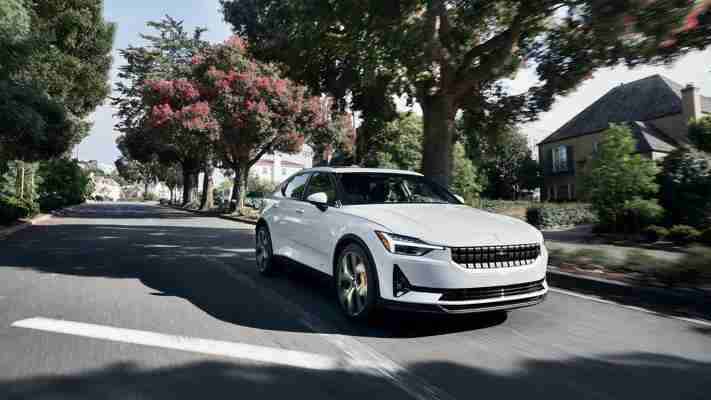
Show Caption Hide Caption Electric vehicles: What's it like to drive one? Tech columnist Jennifer Jolly takes the Polestar 2 for a spin and lets owners of gas-powered cars know what to expect if they're considering an EV. Jennifer Jolly, Special to USA TODAY
Skyrocketing gas prices are driving demand for all-electric vehicles – EVs for short – but what’s it really like to switch gears from a gas-burning engine to one you plug in at night?
I spent the last two weeks driving the Polestar 2 to find out. Even though I’ve covered connected cars quite a bit – they’re our biggest consumer gadget, after all – I didn’t know much about this particular company before walking by its futuristic storefront outside an upscale mall in Corte Madera, California, earlier this year.
Like the Apple Store located just around the corner, Polestar’s space is carefully curated and meticulously styled – muted marble, stainless steel accents and an entire wall of windows facing the San Francisco Bay – to make the cars the star of the show(room). One step inside the avant-garde space and I couldn’t wait to take the snazzy all-electric sporty crossover for a spin.
The dash for power: As electric vehicle sales surge, public charging stations lag
Meeting the Polestar 2
The first bit of magic for me was having the car delivered to our home, which is on an island 1½ hours outside of Seattle by way of a ferry. Still, at 6 on a Sunday, a Polestar concierge named Rick drove up, had me sign a few forms, gave me a 10-minute orientation and said he would be back in three days to pick it up.
I was able to extend my test-drive by a few days because they knew I was working on this story. Prospective owners still get an at-home test drive, but only for a few hours at a time.
First impressions
The first thing you notice if you’re like me and used to driving a 10-year-old car (a 2012 Audi SUV) is what’s not here. There’s no traditional engine. Pop the hood and there’s a “frunk” or front trunk with ample space for a few full grocery bags. Also? No transmission, tailpipe, gear systems or gas tank (duh).
There’s no need to put a key in a lock or ignition either. As long as it’s in your pocket or purse, just grabbing the handle unlocks the door while tapping a finger to the handle locks it back up.
When it’s time to hit the road, the car starts up automatically. It’s so quiet that it’s hard to tell the difference between “on” and “off.” Overall, it feels like a car from the future – but a future where every car on the road is smarter and cleaner, if not cheaper.
Price points
The base price for this model is just under $50,000 – but hold off on the sticker shock for a second. A $7,500 federal tax credit brings the cost closer to $42,500, plus you’ll likely qualify for other rebates, incentives and credits. Be sure to research what your state offers, too.
It’s also worth noting here that Polestar’s base price is less than the industry average EV of $56,437 according to Kelley Blue Book (KBB). That's not too bad, considering Polestar was the in-house performance division of Volvo, whose EVs will run you about 5,000 more. Still, the cost of EVs remains about $10,000 more upfront than their fuel-filled counterparts.
The EPA's calculations show the Polestar 2 will save roughly $9,750 in fuel costs over five years compared to the average new vehicle. There are other ways EVs could save you more money in the long term, which we’ll revisit in a minute.
Registration for EVs soar: Are they finally gaining mainstream acceptance?
Swapping gas for volts
Okay, that's great, but what's it actually like to drive? Incredible. Especially compared to my older, not-very-smart-at-all auto. When you step on the accelerator (it’s so weird not to write “gas pedal”) from a standstill, a tiny bit of lag makes you wonder if you left the parking brake on. Then, it feels like a sailboat when it catches the wind and surges forward, gliding along the roadway.
The differences between electric power and the old gas-guzzling standard usually come down to the little things. Both will get you where you want to go, but one does it quicker, quieter and cleaner than the other.
All fully electric vehicles ditch internal combustion in favor of a beefy battery and electric motors to drive the wheels. This sounds like a straightforward trade, but it means that EVs are both heavier and quieter. The lack of tiny explosions under the hood means a whisper-quiet ride and the hefty batteries that hold power weigh the car down more than a full fuel tank.
Despite that, EVs are typically faster than their fuel-slurping counterparts. Gas engines build power over time, while electric motors are ready to go at the flick of a switch – or in this case, the press of the accelerator. In the dual-motor Polestar 2, you'll go from zero to a speeding ticket in just 4.5 seconds which feels a bit like shooting off in a rocket. If you watch the video at the top of this story, you’ll see my hair whooshing back when I floor it. It’s a total thrill.
'Extraordinarily frustrated': Renters can find no place to plug in electric vehicles
Creature comforts
One thing I've noticed about all the EVs I've tested over the years is that they ride smooth as silk. The heavy, planted rubber feet wear the road like a glove and fewer moving parts under the hood mean no vibrations or rumbles make it into the passenger cabin.
Inside, the vegan “leather” seats, gold seatbelts, upcycled materials (some of the interior is recycled from fishing nets), heated and cooled seats, voice-activated navigation and climate controls and ample touchscreen real estate match the Polestar 2's futuristic vibe. It’s also clear that the company is speeding toward a zero-emissions future.
Need to find a charging station for your EV? These apps can help
The main dashboard controls are on Polestar’s touchscreen panel, which is basically a built-in Android tablet loaded with the Google Infotainment system. That means you have Google Assistant, Maps and the Play Store built-in – and it works quickly when you ask a question like ‘Hey Google, where’s the nearest fast-charging station?’
That's a huge selling point for me, as I've grown tired of the closed ecosystems some other automakers offer. To this point, Polestar just tweeted that the 2 is one of the first cars getting the next generation of Apple CarPlay later this month and that it will be on board all Polestar cars in the future.
Are EVs really cheaper in the long run?
EVs aren't cheap. They're packed with high-end tech and you can't skimp on quality when it comes to massive batteries and electric motors. They can also be more expensive in terms of insurance premiums and repair costs for reasons that generally tie back to their newness and relative lack of scale.
But there’s no doubt you’ll get satisfaction from not spending so much at the pumps, especially with near $5-a-gallon gas prices forcing some people to choose between buying food or fuel.
We charged the Polestar 2 from zero to 100% capacity for $7.64 worth of electricity from a regular home outlet. Filling up my similar-sized gas guzzler sets me back $100 every time.
I'd spring for a dedicated at-home fast-charging port if I were to add an EV to my garage permanently. If your home already has a 240-volt circuit available – which you need for a clothes dryer – you can get about 75 miles of charge in an hour.
With a faster Level 3 charger found at ChargePoint (and many office buildings or public transit parking lots), that number jumps to about 180 miles in the same amount of time.
Otherwise, charging from zero to 100% with a regular wall outlet can take up to 40 hours. I almost fainted when I heard that number, then realized that as long as we plugged in whenever we weren’t driving it, it stayed topped off just fine.
Since I, like most other drivers in America, drive less than 50 miles per day on average, charging wasn’t the big issue I expected it to be. I would still be nervous about taking it on a long road trip, since public charging stations have yet to catch up with growing demand.
Final thoughts
The other ways you might save over time with EVs are on maintenance costs. No oil changes, no exhaust and this particular car comes with free, scheduled upkeep for the first three years of ownership or 30,000 miles, whichever comes first.
If I had the money, I would buy a Polestar 2 in a heartbeat. But for now, I"m going to stick with my my current car, which, while expensive to fuel up, is at least paid off. But in terms of overall cost savings and the environmental upside, it’s a no-brainer to go all EV when my current ride poops out for good.
If you're waiting for more extended range, faster charging and lower sticker prices before looking into an EV, you might already be missing the boat: An electric car's total cost of ownership already challenges that of the old gas-guzzler and may soon make an EV the only logical vehicle to buy.
Are electric cars for you? The pros and cons to making the change
They have muscle, size and spirit — but these aren't the electric cars of the past.
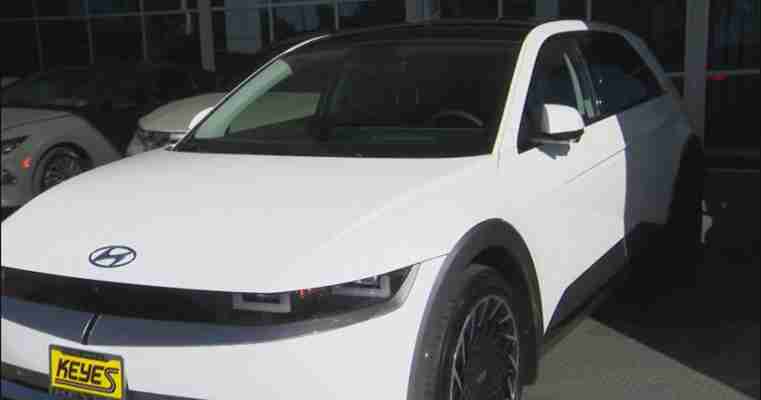
While electric vehicles, or EVs for short, have improved significantly in the past few years, they might not be for everyone.
Brian Sobol, general manager of Keyes Hyundai of Van Nuys, said that his dealership is selling about 100 EVs every month but reminds buyers to think about their budget.
"Does it make sense for my budget," said Sobol. "Does it make sense for my driving habits?"
He also said that if consumers are thinking about ditching the pump they should first estimate how many miles they drive and where they can charge their car.
"The person who is living in an apartment and driving 20 miles a day that means 14 days they need to go charge their car," said Sabol. It's easy to go drive 10 miles to charge. You're good to go. You don't have to worry about it.
However, if you have a long commute to remote areas all-electric may not be the best option.
"If I'm driving 200-300 nukes a day and I don't know if I'm near an EV charger or going to be near a charger — that's someone who should not consider it," Sobol said.
In this case, Sobol said that a hybrid is a better choice.
Nonetheless, electric vehicles are becoming more affordable and Sobol suggests not just thinking about your payment but your total car budget.
"It's easy to say, 'I need a $400 car payment,'" he said. "But that's not really your budget, your budget is all your insurance, gas and car payment... So If you take a $400 payment and $400 in gas that's $800.
Scott Painter, the founder of Autonomy, said another option is to rent an EV on a monthly subscription, something that his company provides. So far Painter said that there are more than 2,000 of his company's vehicles on the roads in California.
"It's similar to a lease in that you don't own the car, but different because you don't have to commit to the car for 3 years," he said. "It's simply month-to-month."
He also said a lot of drivers want to get in the seat but can't afford to buy an EV since leases aren't readily available and a used electric car isn't always cost-effective.
"What you really want to make sure of is if you're going to get a used electric car that it is covered under the battery warranty," said Painter.
All electric means that there is no oil, fan belt or engine, just a battery. However, a dead battery could cost almost half as much as a car, according to Sobol.
Companies with long battery warranties are Hyundai at ten years and Tesla at eight years.
"When we looked at these cars having an eight-year battery warranty was absolutely essential to our decision on which car to prioritize," said Painter.


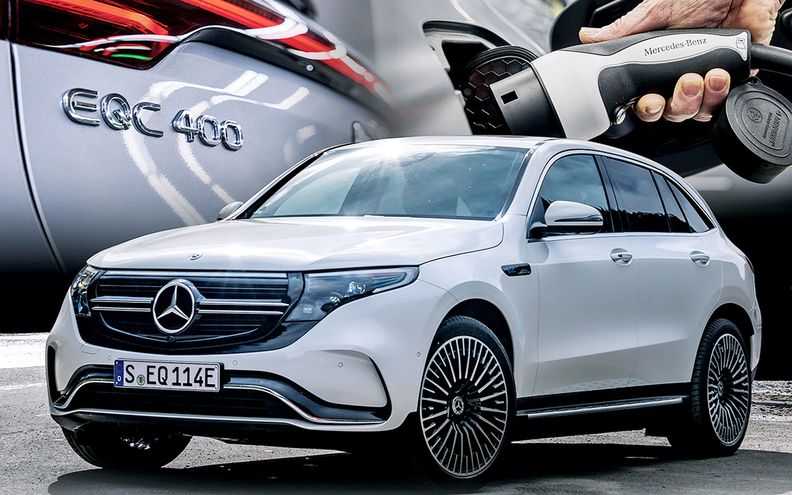
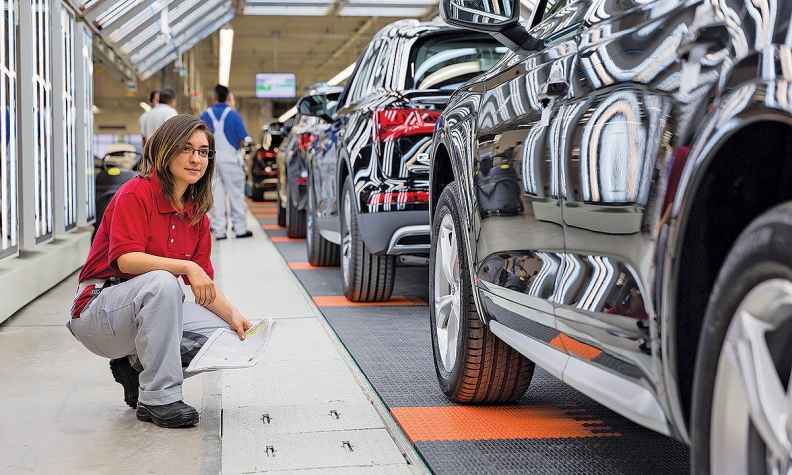

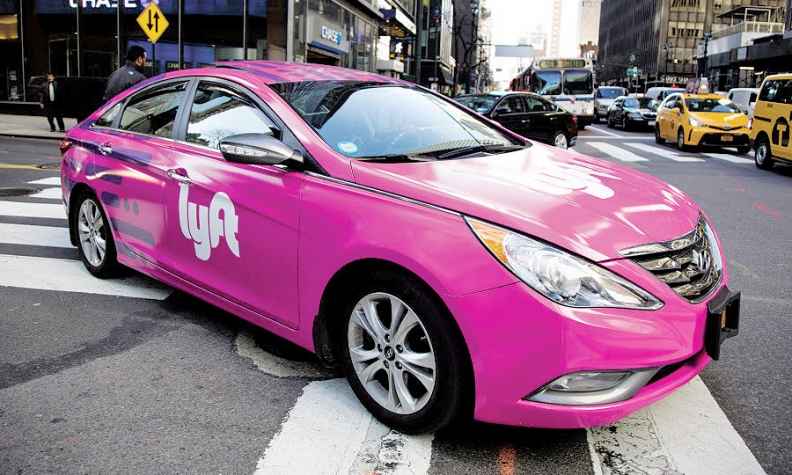
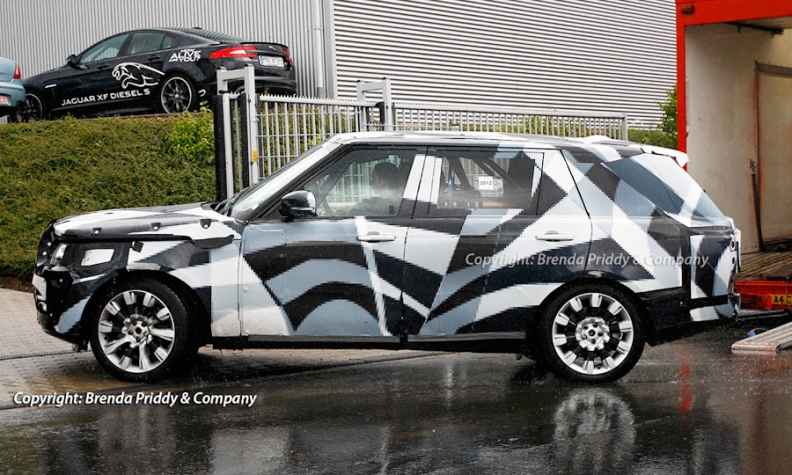
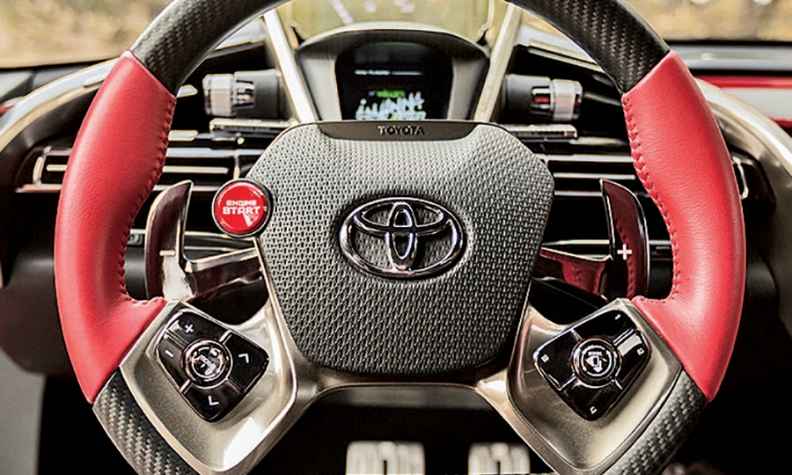
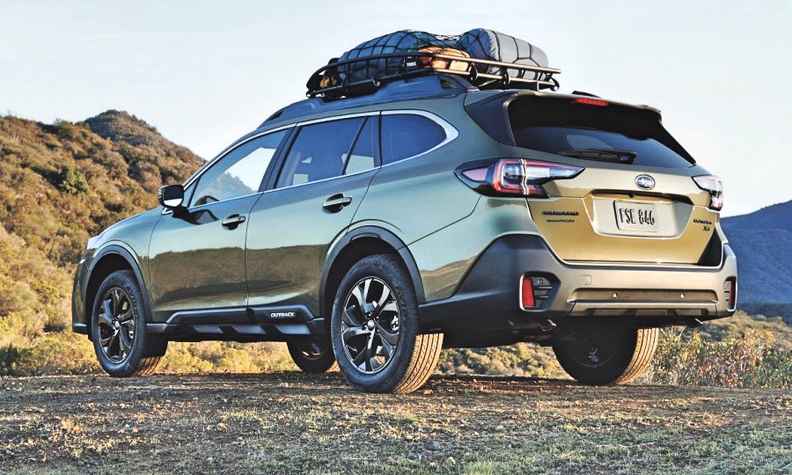
Post your comment